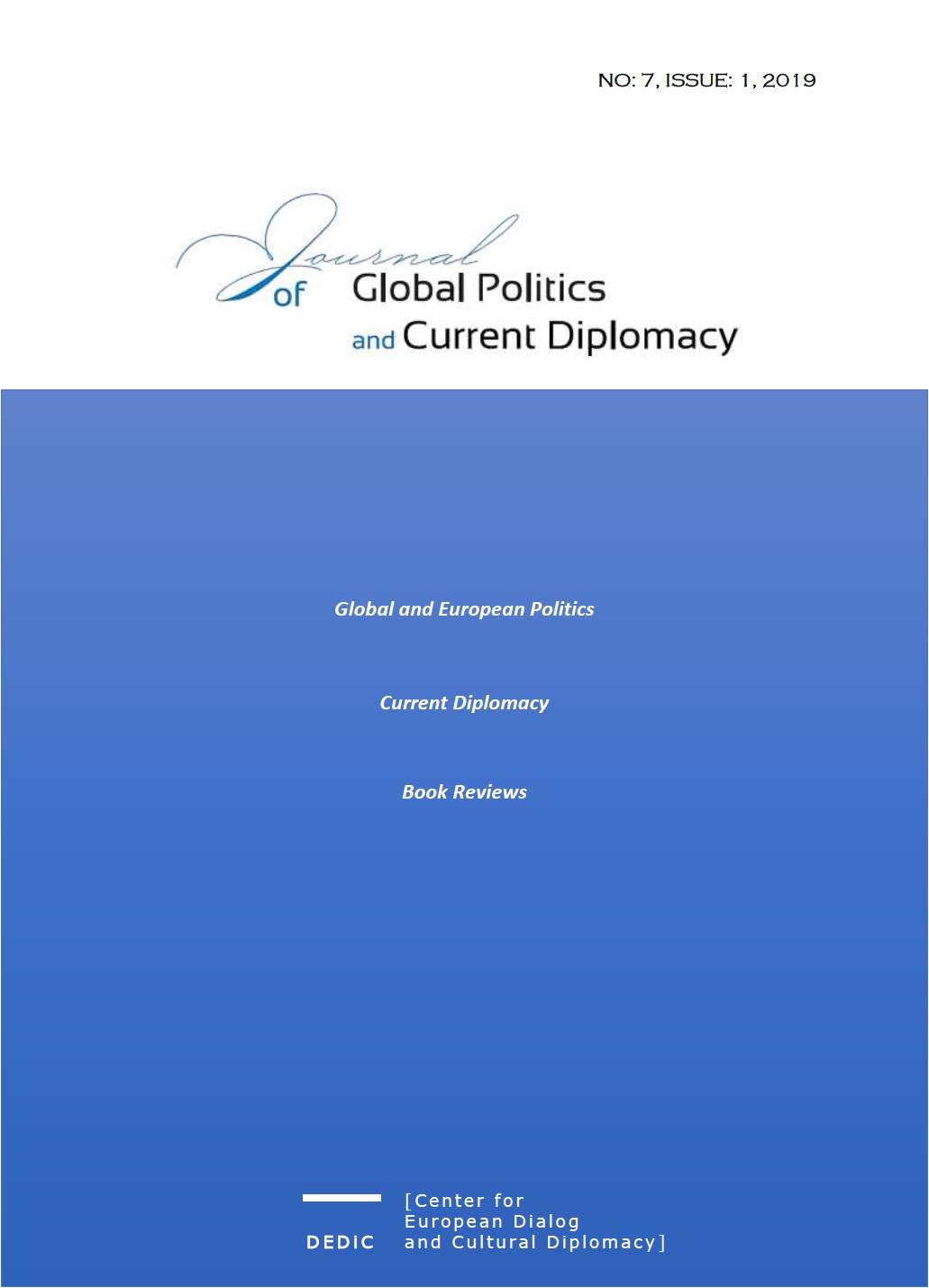Turkey's Leadership: a model for Arab states in transition between 2011-2013
Turkey's Leadership: a model for Arab states in transition between 2011-2013
Author(s): Raluca FarcasSubject(s): Civil Society, Government/Political systems, Culture and social structure , Inter-Ethnic Relations, Politics and Identity
Published by: Centre of European Dialogue and Cultural Diplomacy
Keywords: Leadership, Turkey; Arab Spring; Neo-Ottomanism; Zero problems with neighbours; Middle East;
Summary/Abstract: The purpose of this paper is to analyse the leadership of Turkey in the Arab Spring events and to determine whether it was an inspiration and a model for the Arab republics in transition. Turkey's model was brought to the attention in the context of the Arab Spring, with the possibility of it being implemented in the states of the region, which have undergone numerous transformations. In this regard, it is important to consider whether the Turkish model can be replicated in other states in the region, but also whether Turkey can export this model. Here, I followed the applicability of the Turkish model in the Arab states, the elements of neo-Ottomanism, but also the decisions taken by Turkey when the situation in the Middle East worsened, observing a transfer from a passive policy (zero problems with neighbours), to an active policy, in particular because of NATO membership Also, the internal situation of Turkey was analysed, highlighting the paradoxes of the Turkish model, referring to the internal situation, which was in contradiction with the democracy promoted by Turkey on the external level.
Journal: Journal of Global Politics and Current Diplomacy
- Issue Year: 7/2019
- Issue No: 1
- Page Range: 21-30
- Page Count: 10
- Language: English

